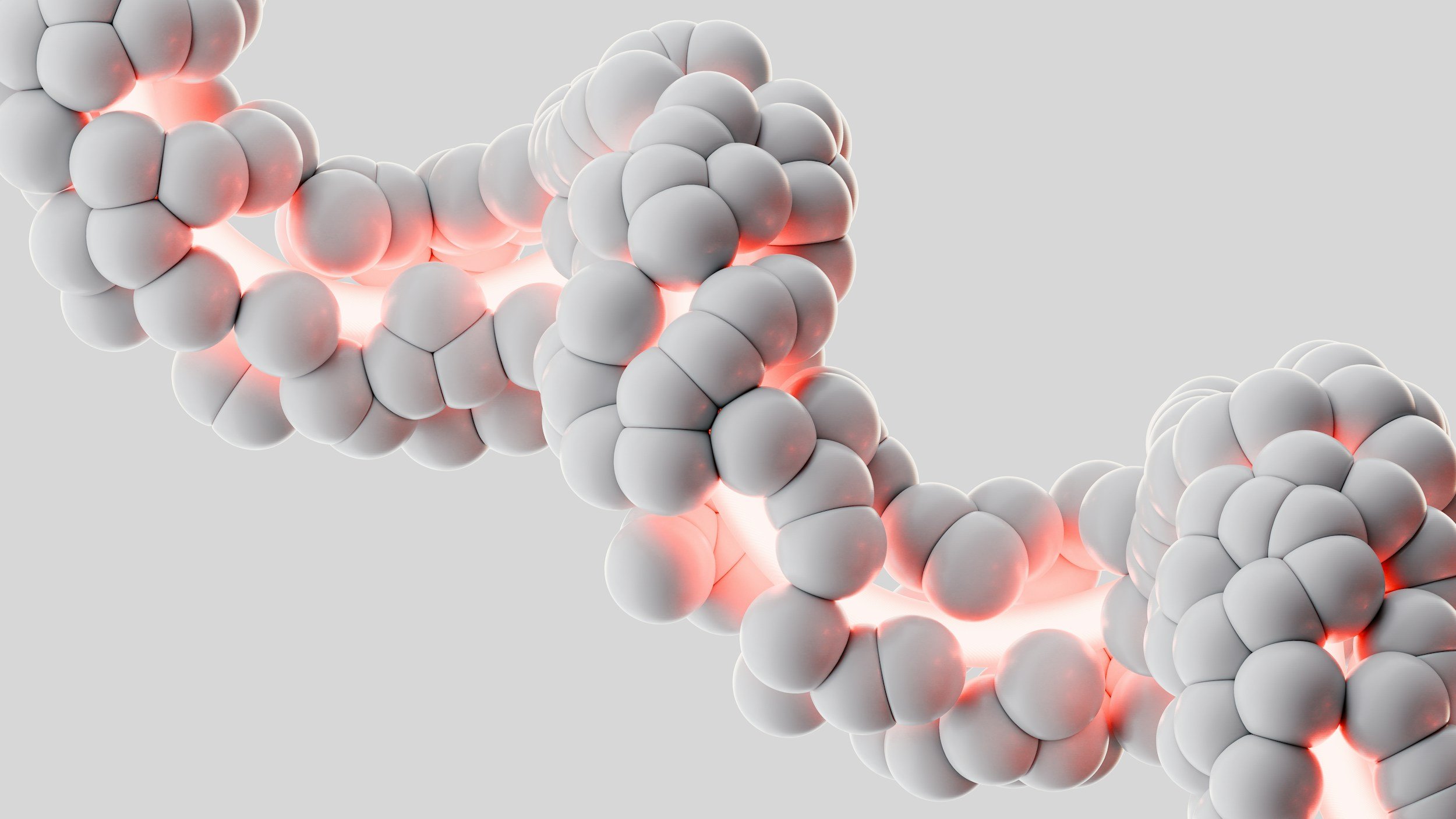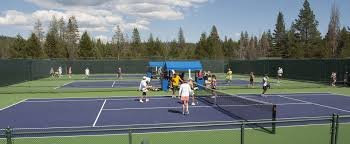“95 should now be your goal”
—Eric Verdin, MD, CEO, Buck Institute for Research on Aging
80% of us can improve our pace of aging starting now
Elivate CEO’s actual data
Aging & Longevity science resources:
Buck Institute for Research on Aging
World’s first biomedical research institution devoted solely to research on aging.
American Academy of Anti-aging Medicine
Peter Attia, MD, author of “Outlive”

Cellular damage is one of the primary drivers of aging.
Simply, how old your cells are is how old you are, biologically.
We tend to focus on wrinkles, aches, pains, and the more tangible signs of aging in our daily lives when we scowl at the mirror or our bad knee.
But we are aging in ways we can’t feel every day, in every cell in our bodies.
For the past few decades, longevity science has been studying how and why our cells age, and what this cellular aging causes.
Factors like dehydration, nutrient deficiencies, and oxidative stress accelerate it.
Most chronic diseases are a result of a buildup of cellular damage.
Cellular health is key to proactive aging

You can improve your cellular health
Lifestyle best practices support cellular health and repair
The foundation of proactive aging is what we already know - lifestyle choices.
Here’s why - these fundamentals are effective because they impact cellular health.
Balanced Diet
Movement and Activity
Adequate Sleep
Stress Management
Since aging results from cellular damage, lifestyle factors are at the core of proactive aging.
Therapies that impact the root causes of cellular aging
Research has and continues to develop treatments and therapies that improve cellular health. The main categories we have access to now are:
Cellular Rejuvenation
Cellular Regeneration
Cellular Energy optimization
Even more will become available in coming years that enable many more ways to manage, slow, or reverse aging - Elivate is committed to finding and delivering the best of these treatments to you.

We created Elivate to redefine how we perceive and manage aging
For YOU
We started to track and manage our own aging, and then we learned how many of us have similar fears and goals.
Our customers are people 35+ who embrace the opportunity to take greater control of their health and are eager to explore proactive, preventative treatments as they are developed.
For ALL of us
To impact human healthspan at large scale we need to match emerging treatments with customer goals to create real results in people’s lives
87% (291.5M) want to take steps to live healthier for longer
53% want to live to the age of 100 or older
81% are willing to spend to increase their longevity [Forbes Health survey]
We’ve also learned how difficult it is to sort through the noise and get real info on HOW to influence aging and longevity - 74% don’t know how or what action to take

Did you know?
Some sports may be associated with longer life expectancy than others, including:
Tennis: Average life expectancy is +9.7 years
Badminton: Average life expectancy is +5.2 years
Football: Average life expectancy is +4.7 years
Cycling: Average life expectancy is +3.7 years
Swimming: Average life expectancy is +3.4 years
Aerobic sports, such as running and skiing, may be associated with greater increases in lifespan than mixed and anaerobic sports. Endurance activities or aerobic exercise may also be more effective in lowering mortality, especially from cardiovascular diseases.
Advancements in nutrition, training, and sports medicine have also helped athletes extend their careers and excel in their sport.

